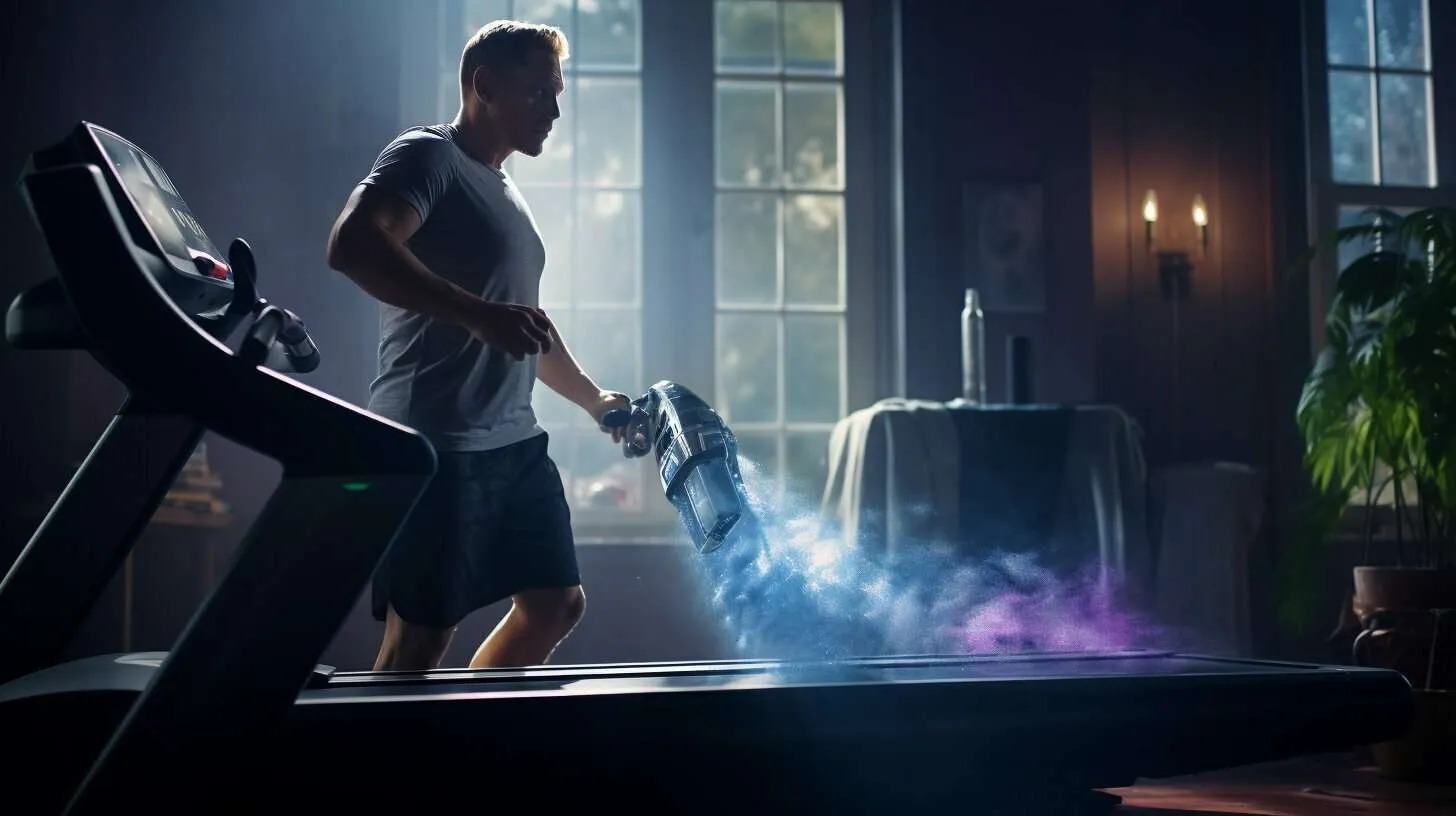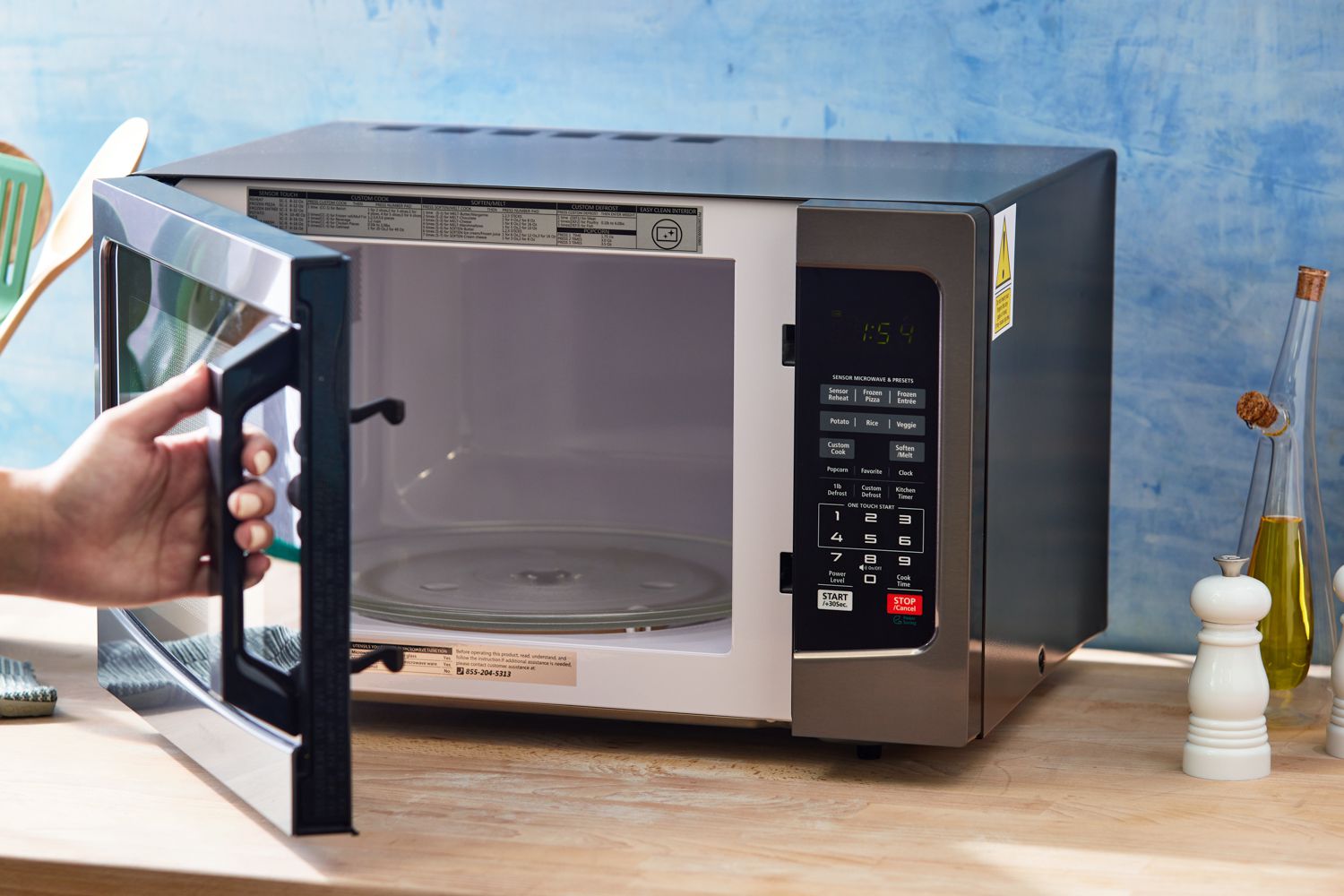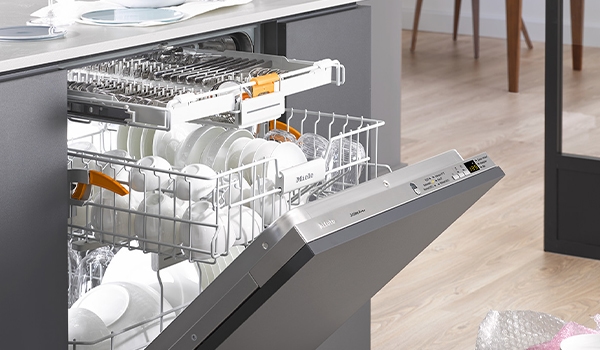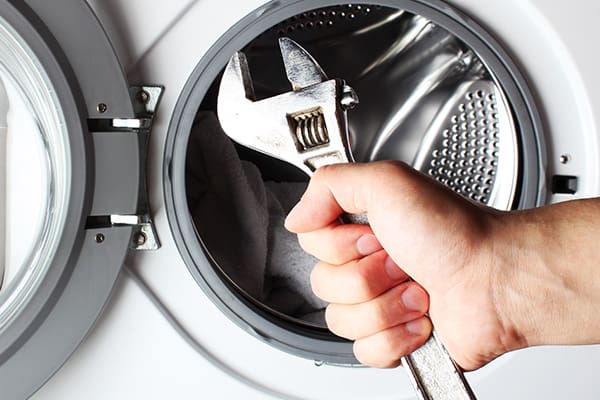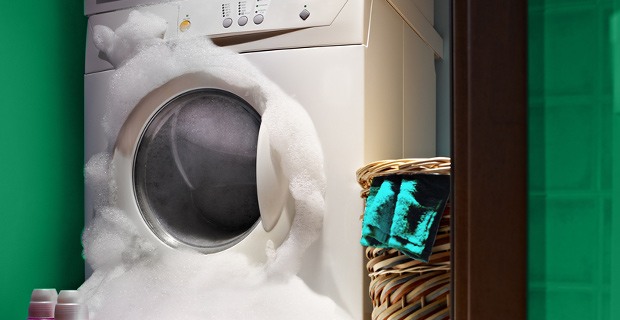Optimizing Home Gym Gear: Maintenance & Repair Tips
In recent years, the popularity of home fitness equipment has soared, reflecting a growing trend towards achieving personal wellness within the comfort and privacy of one's own home. Treadmills, elliptical bikes, and a variety of other exercise machines have become staples in many households, allowing individuals to tailor their workouts to their specific needs and schedules. However, as with any frequently used machinery, wear and tear are inevitable. Proper maintenance and timely repairs are paramount to not only extending the life of these valuable pieces of equipment but also ensuring they continue to function effectively and safely.
This comprehensive guide is designed to empower homeowners with the knowledge and tools necessary for the proper care of their home gym gear. From routine maintenance tasks to troubleshooting common problems, we'll provide you with actionable advice to ensure your equipment remains in peak condition. Whether you're a seasoned fitness enthusiast or just beginning your journey into home workouts, understanding how to maintain and repair your fitness equipment is essential for keeping your exercise routine uninterrupted and your fitness goals within reach. Let's dive into the world of home fitness equipment maintenance and repair, ensuring your investment continues to support your wellness journey for years to come.
Maintenance of Home Fitness Equipment
Maintaining your home fitness equipment is essential for ensuring its longevity and effectiveness. Proper care not only keeps the equipment safe for use but also maximizes your workout experience. Here’s how you can maintain various types of home gym equipment:
Treadmill Maintenance
Treadmills require regular upkeep to operate smoothly. Lubricating the belt and deck is crucial, as it reduces friction that can lead to excessive wear and tear or even damage the motor. Use the lubricant recommended by the manufacturer and apply it as directed in the user manual. Cleaning around the belt area is also vital; dust and debris can accumulate under the belt, affecting its movement and potentially damaging the mechanism. Use a soft, dry cloth to wipe away any buildup. Additionally, checking the belt’s alignment and tension ensures that it runs smoothly without slipping or sticking, which could cause falls or uneven wear.
Elliptical Bike Maintenance
Elliptical bikes have numerous moving parts that require attention to maintain smooth operation. Lubricating these moving parts regularly can prevent the annoying noises often associated with wear and prolong the life of the equipment. Tightening screws and bolts is another simple yet effective maintenance task; loose fittings can lead to instability and wobbling, posing a risk to the user and the equipment. Lastly, cleaning the electronic display panels and sensors ensures that you can track your workout progress accurately without glitches or interruptions.
Maintenance of Other Fitness Equipment
Other pieces of fitness equipment, such as weights, stationary bikes, and resistance machines, also benefit from regular maintenance. Wiping down equipment after each use helps prevent the buildup of sweat, which can corrode metal parts and degrade materials. Checking for loose parts and tightening them as needed can prevent accidents and equipment failure. Finally, proper storage is crucial, especially for equipment not used regularly. Store items in a clean, dry area to prevent rust and other environmental damage, ensuring they remain in good condition for your next workout.
By adhering to these maintenance tips, you can keep your home fitness equipment in top shape, ensuring a safe and effective workout environment. Regular care not only extends the life of your equipment but also enhances your overall fitness experience, making your investment in home gym equipment well worth it.
Common Issues and Repair Tips
Addressing common issues with home fitness equipment promptly can save you time and money, ensuring your workout routine remains uninterrupted. Here’s a comprehensive guide to identifying and fixing typical problems encountered with treadmills, elliptical bikes, stationary bikes, and other fitness gear.
Solving Treadmill Problems
Slipping Belts: A belt that slips during use is often due to inadequate tension or lubrication. First, try adjusting the belt tension as per the manufacturer's instructions. If the issue persists, lubricate the belt with a silicone-based lubricant, ensuring an even application across the width of the belt.
Overheating Motors: Overheating can occur from overuse, insufficient ventilation, or dust buildup inside the motor compartment. Ensure the treadmill is placed in a well-ventilated area and clean the vents or motor area regularly to prevent dust accumulation. If overheating continues, reduce the duration and intensity of your workouts to avoid motor damage.
Electrical Malfunctions: Issues like the treadmill not starting could stem from a tripped circuit breaker, loose power cord, or faulty wiring. Check the power supply and reset any tripped breakers. If problems persist, inspect the cords and wiring for damage, but consider hiring a professional for electrical repairs to ensure safety.
Fixing Elliptical and Stationary Bike Issues
Squeaky Noises: Squeaks usually indicate parts needing lubrication or tightening. Identify the noise source, then apply lubricant to moving parts. Tighten any loose screws or bolts but avoid overtightening, which can strip threads or damage parts.
Unresponsive Control Panels: First, check the power supply and ensure the machine is plugged in correctly. If the panel remains unresponsive, it may be an issue with the wiring or the console itself. Refer to the manual for troubleshooting tips or consider professional help for complex electrical repairs.
Broken Resistance Mechanisms: Resistance issues often require replacing specific parts, such as tension belts or motor drive belts. Refer to your equipment's manual to identify the correct part numbers, and order replacements from the manufacturer. Replacing these parts may involve disassembling a portion of the machine, so ensure you're comfortable with this level of DIY repair or consult a professional.
Repairing Other Fitness Equipment
Rowing Machines: Common issues include a fraying pull cord or malfunctioning resistance adjustments. Replace frayed cords immediately to prevent breakage during use. For resistance problems, consult the manual to adjust or recalibrate the resistance mechanism.
Weight Systems: Loose connections in weight systems can lead to instability and noise. Regularly check and tighten bolts and cables. For damaged cables or pulleys, order replacements from the manufacturer and follow the instructions for installation.
Yoga Mats: For mats with tears or losing grip, patch small tears with strong adhesive tape designed for mats. If the surface is losing grip, clean the mat with a recommended cleaner to restore texture. Severely damaged mats should be replaced to ensure safety during workouts.
By following these tips, you can tackle common repair issues with your home fitness equipment. Remember, when repairs go beyond basic troubleshooting or involve electrical systems, it’s wise to consult a professional to avoid further damage or personal injury.
When to Seek Professional Help
Recognizing when DIY repairs on your home fitness equipment reach their limits is crucial for ensuring the longevity and safety of your gear. Indicators that professional help is needed include persistent mechanical problems that recur despite your troubleshooting efforts, complex electronic issues that are beyond basic understanding, and situations requiring specialized tools or knowledge. Seeking professional repair services at the right time can prevent minor issues from escalating into major damages, ensuring safety during use. Moreover, professional intervention can be a cost-effective solution in the long run, avoiding the need for more extensive repairs or even replacement due to improper handling.
Conclusion
The upkeep and repair of home fitness equipment are fundamental aspects of creating a safe and effective workout environment. Adhering to the outlined maintenance tips and tackling repairs in a timely manner are key to maximizing the lifespan of your equipment, allowing for an uninterrupted fitness regime. It's important to remember that regular attention to your equipment doesn't just prevent costly repairs; it ensures that every workout is performed at peak efficiency, contributing significantly to your overall health and wellness.
Ensure your home gym remains a bastion of health and fitness by following these vital maintenance and repair guidelines. Address equipment issues swiftly, and don't hesitate to seek professional assistance when necessary. By taking proactive steps today, you secure your fitness journey for tomorrow. Your health is an investment—make it count by keeping your equipment in prime condition.


